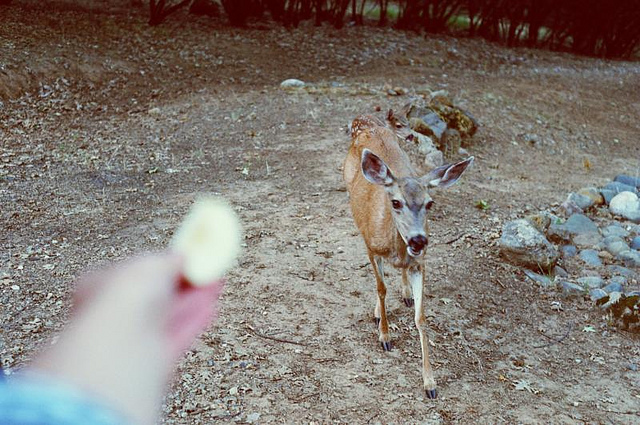“If your photos aren’t good enough, you’re not close enough.”
…or so said Mr. Robert Capa, born Endre Friedmann, died stepping on a landmine in 1954 clutching a Contax and a Nikon S in pursuit of that very closeness.
After lamenting the fact that, due to statistics frowning at me (plus my lack of buying a lottery ticket ever), I haven’t hit the Powerball jackpot yet, I’ve decided to stop whining about my lack of a Leica S2 or Nikon D3X – because if whatever she pulls from her magic drawer of cameras works so beautifully for my brilliant friend Arlene Gottfried, then I should make the best of what I have in my own camera bag.
I became a Nikon person because of photojournalists like Robert Capa. Full stop. Well… half stop. I couldn’t afford a Leica then, either, as a teenager making just above minimum wage. Studying photo history in high school brought me to this rigid equipment decision in spite of being gifted my Grandmother’s well-loved Olympus at age 15 (insert my impassioned plea for stronger vocational education programs in our country – my hometown has a great one that made me fall in love with photography when I was sure I’d just broken up with art entirely). I bought an FM2 with proceeds from my after school job and have spent the past 15 years gathering lenses and accessories to match – but I forgot allllllll about my old standby 50mm when I moved on over to the D80 back before I started grad school.
I think (and I might be crazy) that non-photo people associate “real photography” with massive gigantor lenses because bigger must mean better (USA! USA!) – but until fairly recently when every tourist on 42nd Street started wielding a tricked-out 7 pound DSLR with every dial set defiantly to auto, the most common photo-makin’ (read: 35mm film) tool was the 50mm lens… because it came with your camera. I recently dug out my trusty, tank-like Nikkor 50mm f1.4 and my intimidatingly fragile Tamron 90mm f2.8 macro – and instantly wanted to retake every image I’ve wasted on my lazy bastard’s crutch of a zoom over the past 3 years.
Prime lenses are nooooooo fun if you’re not willing to work for your image. YOU have to move YOUR ASS if the framing doesn’t look right because your lens won’t do the legwork for you. This likely explains why zoom lenses have basically become the default for pro/sumer DSLR setups – you won’t have to get up and run after little Timmy to get a good shot at his soccer game, or get a nice, tight shot of the Naked Cowboy in Times Square without paying him $5 for the favor of his company. Maybe you’re lazy – maybe you’re missing something by not actually walking over there, maybe you’re not close enough and your photos would be much better if you were the one doing the zooming instead of your lens, thankyouverymuch. The 50mm probably came with your SLR (back in ye olden tymes before there was a D preceding SLR) because it’s the lens everybody can agree on, really – capturing a field of view not unlike what the human eye sees (hence its alternate moniker, the “normal” lens), dealing beautifully with low light, and handling a broad range of subjects and situations competently, where specialty lenses would falter.
I thought I’d fill this page with Capa’s images but frankly I hope you know what they look like. If not, here is his page at Magnum. I think a more interesting experiment is to look at what the randoms over at flickr have done – these images are from some of the over 31,000 members of “The original 50mm group,” and in spite of not all apparently being represented by Magnum (unless Martin Parr has an even weirder sense of humor than I thought), there are genuinely stunning images to be found with a bit of digging. I’ve learned from the many 50mm fetish blog posts that have popped up recently that, strapped on to a DSLR that isn’t full frame (like most, if not all, of these images), the “nifty 50” is more like an 80 or 85mm lens, so, less like your very own eyeballs, but still a brilliant jack-of-all-trades prime. As this random sampling from the world wide web would indicate…





